A month ago, I flew from Prague to Sofia, Bulgaria to begin a new part of my European travel journey. My Bulgarian friend Georgi discovered the hidden treasures of his country when he was a journalist 20 years ago and got invited on a sponsored trip to promote tourism. He was delighted by what he experienced and ever since then he has been sharing these magical places with others.
We started in the Valley of the Thracian Kings where “tombs” were discovered with elaborately crafted gold jewelry and sculptures. Drawings of royalty on horseback wearing colorful textiles and symbols painted on the walls, quite similar to the Inca and Mayan calendars. The culture dates back to 6000 BC, making it likely the oldest one in Europe, rivalling ancient Greece.
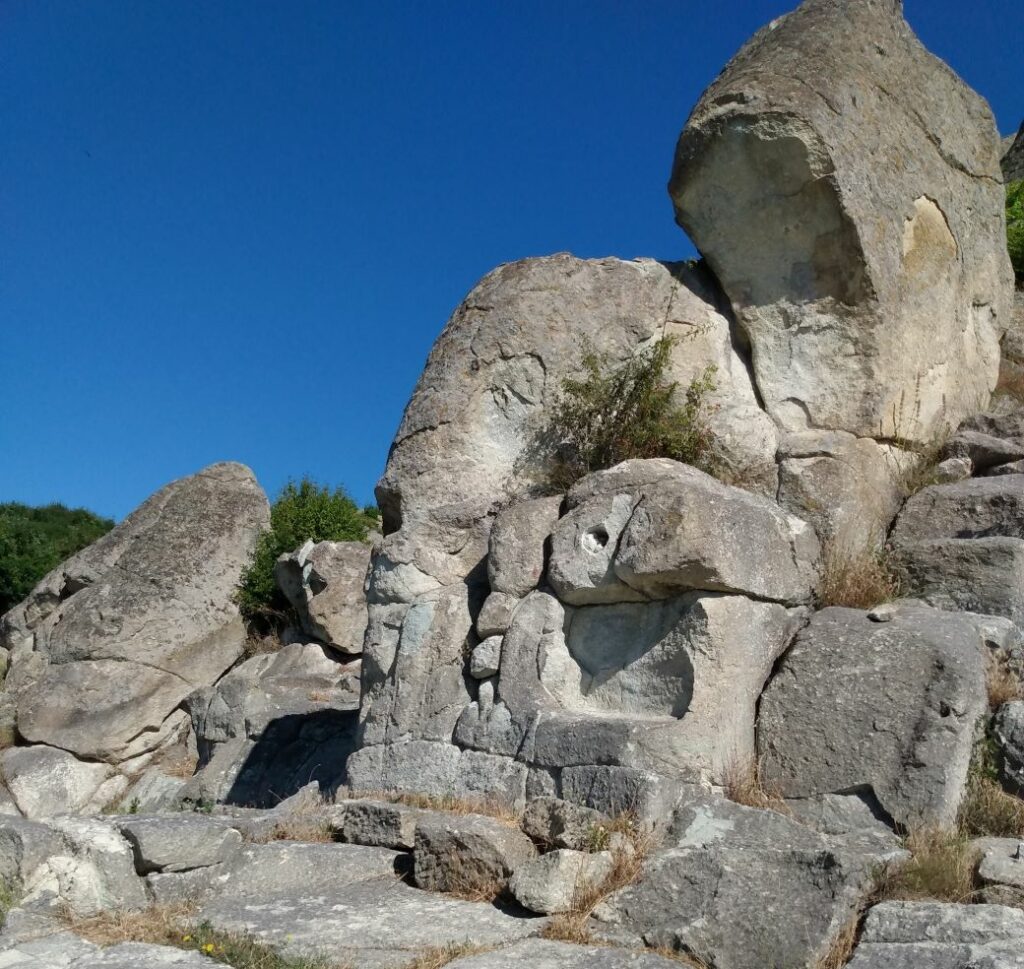
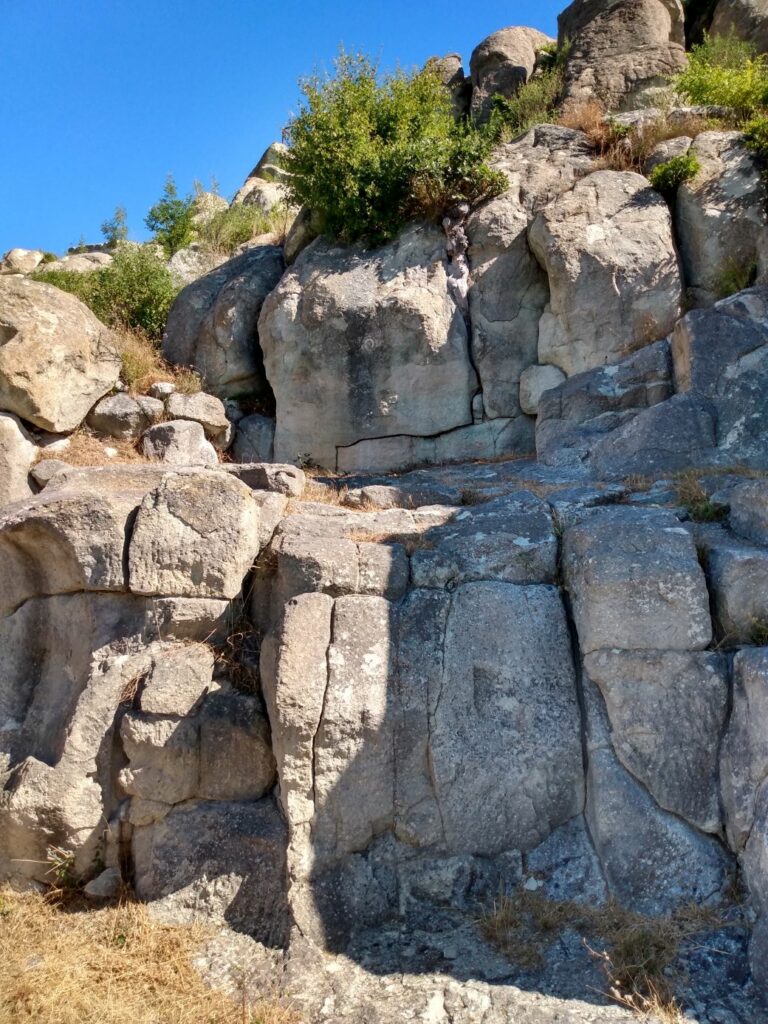
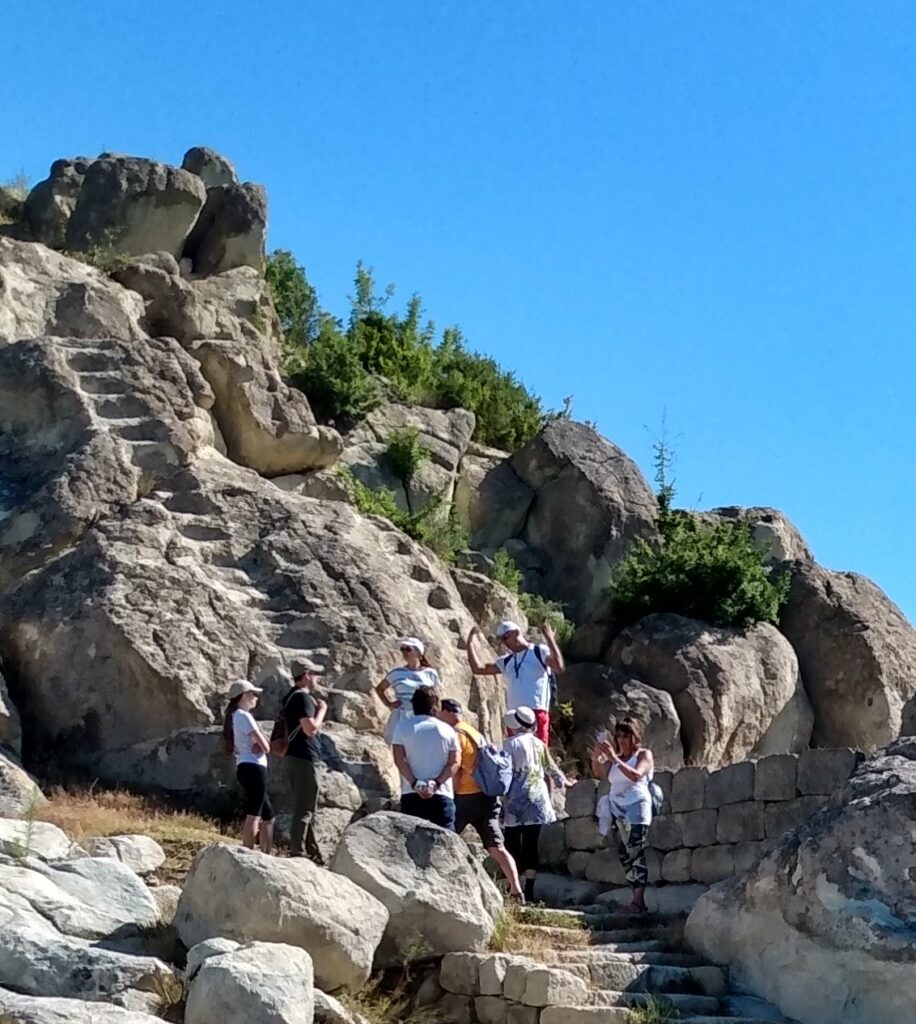
We also visited a recently-excavated archeological site with remarkable similarities to Machu Picchu in Peru. The highlight of our Bulgarian trip was a sacred womb cave hidden high up in the hillside where, on the December Solstice, a ray of sun enters deep into the cave and hits the altar within. It was a steep climb for one and a half hours on a very hot day but arriving at the entrance of this awesome vagina cave was well worth the effort. The energy inside was powerful and uplifting.



After two weeks of beautiful adventures in Bulgaria, Georgi, his friend Valentina and I flew up to Latvia to embark on new explorations of three adjacent countries on the Baltic Sea, across from Sweden and below Finland. Latvia, Lithuania and Estonia each have their own language, culture and heritage.
All five countries I visited in this two-month trip, were part of the Soviet block from 1944 to 1990, yet have been unique both before and after communism. Most of the cities I visited had Old Towns dating back to the 13th and 14th centuries. During the Protestant Revolt of the 16th century, Latvian and Estonian Roman Christians became Lutheran while Lithuania remained loyal to the Vatican.
During the communist era, Lithuanian Catholicism went underground resurfacing strongly in the 1980s and 90s until now. Latvia and Estonia have beautiful Russian Orthodox churches attended by the Russian speakers in those countries but our tour guide in Tallinn (capital of Estonia) told us less than 4% of the Estonian speaking populace attend church. Rather, interest in nature-based spirituality is thriving.
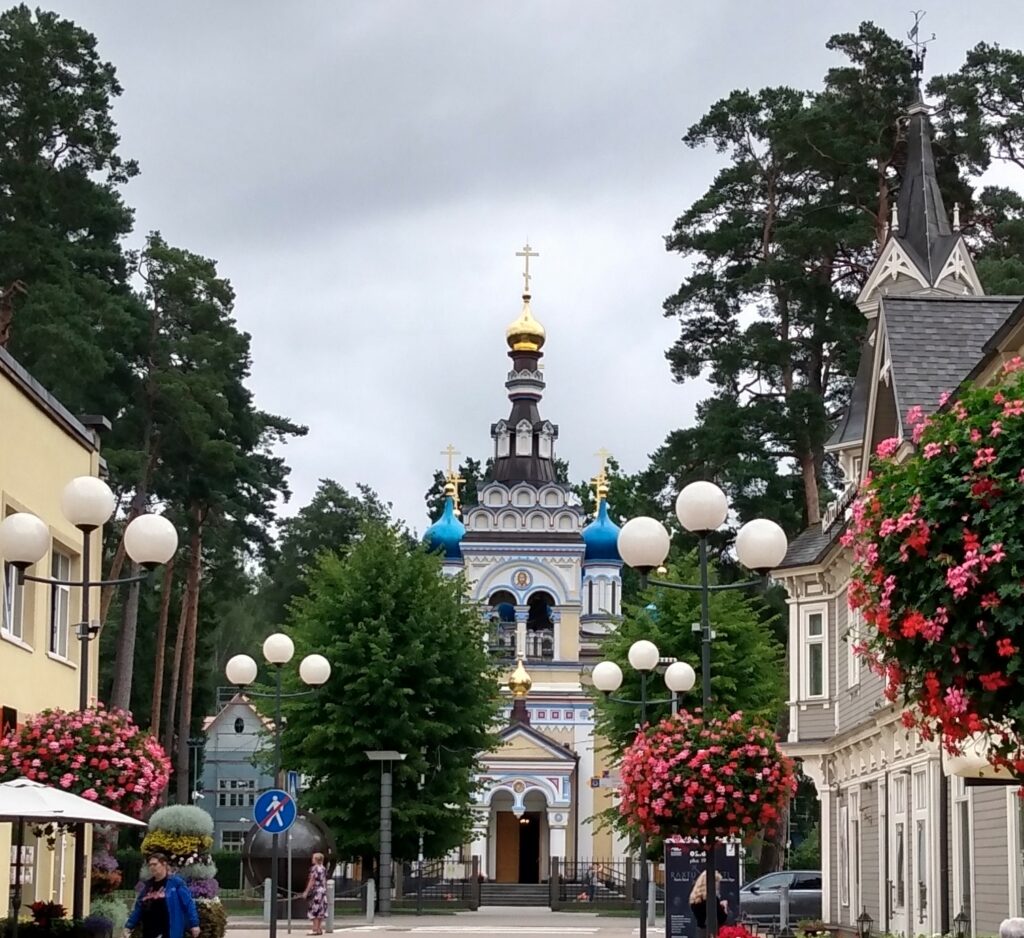
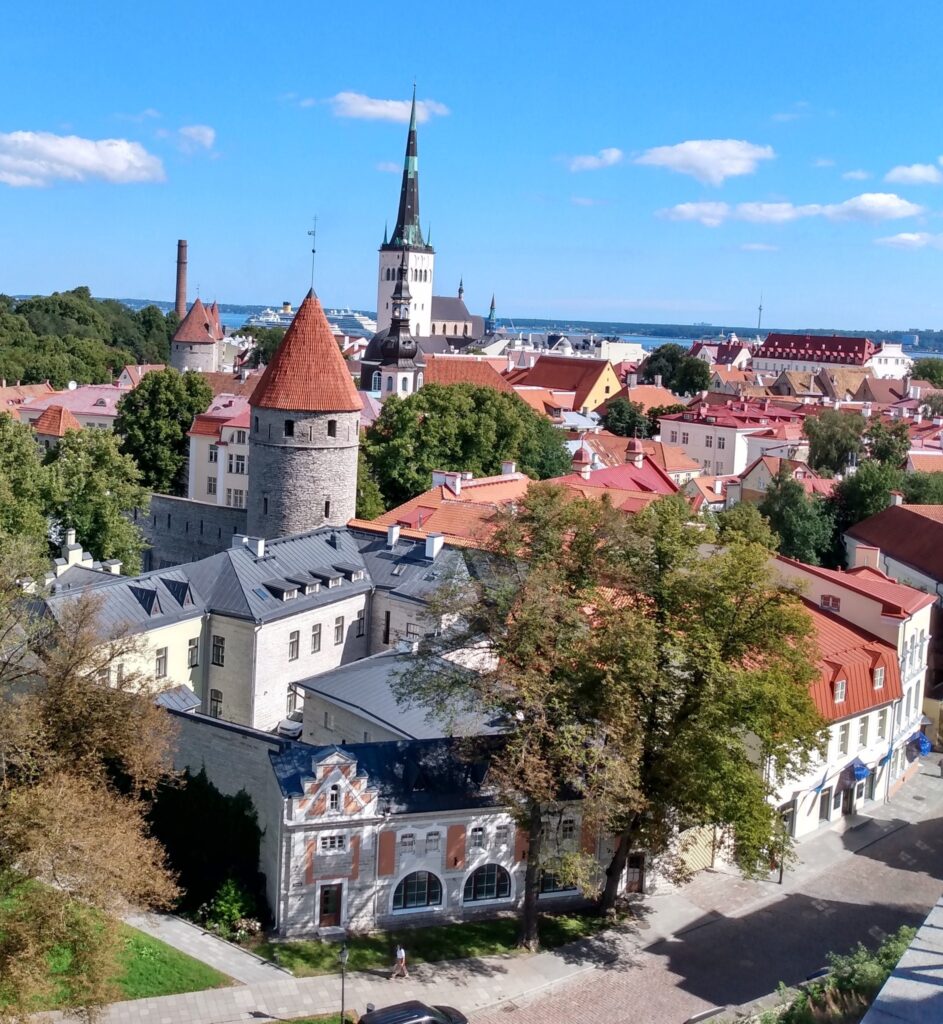

My favorite city in the Baltics is Tallinn, a cool, happenin’ creative vibey city that leads the world in IT technology and entrepreneurial start-ups. Innovation is everywhere, a beautiful blend of the old and new, side by side.
In closing, there is something to be said for visiting countries where little English is spoken or heard. It has given me a chance to experience the cultures beyond words. I’ve had many remarkable encounters in five very interesting countries, broadening my understanding of history, heritage and my own place within it, discovering the treasures found off the beaten path.
